Background:
Nestled in the heart of England, the Cotswolds region is a picturesque countryside escape that embodies the quintessential charm of rural England. With its rolling hills, idyllic villages, and honey-colored stone cottages, the Cotswolds is a haven for nature lovers, history enthusiasts, and seekers of tranquility. It’s been on my bucket list since 2004 or so when I red about the famous town of Bibury and its row of houses known as “Arlington Row” in a magazine article.
To be completely honest, my knowledge of the Cotswolds was rather limited, with Arlington Row and Bibury being the only aspects I was familiar with. It wasn’t until about a week before my visit that I delved deep into researching more about this charming region. The more I read, the more my excitement grew, to the point where I couldn’t sleep the night before our trip. And what can I say other than it exceeded my expectations in every way, shape, and form.
History:
Centuries ago, the Cotswolds emerged as a hub of prosperity and wealth, thanks to its flourishing wool trade. The abundant sheep grazing on the rolling hills provided the raw materials for the famous Cotswold wool, renowned for its quality and softness. As the wool industry prospered, the region’s towns and villages grew, revealing their distinctive honey-colored stone architecture that now defines the Cotswolds’ charm. Fast forward to the Middle Ages, and the Cotswolds became home to prosperous wool merchants and skilled craftsmen, leaving behind a legacy of magnificent churches, elegant manor houses, and quaint market towns. During the Industrial Revolution, the Cotswolds began their slow decline as the price of wool went down significantly. They went into a sort of eternal slumber leaving the area’s pristine scenery and cultural heritage intact for the world today.
There are nearly a dozen or more villages and towns to visit in the Cotswolds, but we only had time for a few given that we were only in the UK for a few nights altogether.
Bourton-On-The-Water
Known as the “Venice of the Cotswolds” this town was our home for 3 nights during our stay in the Cotswolds. Hotel rates were reasonable throughout the region, but the idea of living in a quaint English cottage in the center of town just captured my imagination. We were lucky to have found this little cottage with 3 bedrooms, 2 bathrooms and a few modern amenities because most of the area’s Airbnbs seemed booked up. Though the village is quite small, it has plenty of well rated pubs, and restaurants to check out.
I specifically loved the walkways leading to the center of town which had stone walls on each side. Fun fact, these walkways were kept narrow and fenced on both side so that it would be easy to take sheep to the center of town for market day.
One of the challenges I did face with photographing the village was just how late the lights turned on at night on an early June day. It was nearly 10pm by the time they turned on, by the time at which most of the town was already asleep. And so as the day winds down, the village becomes a tranquil haven with empty streets, allowing for cleaner compositions in photographs. However, the absence of lights in the windows leaves the images devoid of that cozy, vibrant ambiance that brings a sense of life to the scene. Here are a few shots I got striking that fine balance:
Stow-On-the-Wold
About 4 miles from Bourton-on-the-Water is the historic market town of Stow-on-the-Wold. Dating back to the medieval period, it served as a trading hub for local merchants and farmers. The town features a traditional market square, cobbled streets, beautiful stone buildings, and fabulous antique stores.
Deep within the heart of Stow-on-the-Wold lies a whispered secret, one that perhaps should remain forever veiled. At the northern entry of the town’s venerable church, stands the fabled Doors of Durin or rather, the very door that kindled Tolkien’s imagination and birthed the legendary Doors of Durin. As the lore unfolds, it is said that in the early 1920s, the esteemed Tolkien traversed this area, drawing inspiration from this very site. Naturally, my curiosity beckoned, and with feeble Elvish pronunciation, I dared to knock, hoping against hope that the door would yield its ancient secrets. I should’ve tried saying “Mellon.”
Lower Slaughter
About 1.5 miles from Bourton-on-the-Water is perhaps one of the most beautiful villages in all of the Cotswolds: Lower Slaughter. Its name originates from the Old English word “slough” meaning “muddy place.” You can hear the River Eye every step of the way as it flows through the village and creates a serene atmosphere. The village is famous for its well-preserved traditional stone cottages, a 19th-century water mill, and the enchanting 13th-century Anglican church of St. Mary.
The hike from Bourton-on-the-Water to the Slaughters is considered one of the easiest and best hikes to do in the Cotswolds. The roundtrip is 5 miles and takes you alongside fields of grazing horses, farms, stately manors, flowers, and of course the banks of the River Eye. Alltrails may say that the trail is hilly, but it’s one of the easiest walks you can do to take in the splendor of the Cotswolds.
Our favorite part of the hike was perhaps this field we found between Lower Slaughter and Upper Slaughter where there these massive trees with beautiful red flowers growing on them. I just had to get some shots of the scale of these trees:
Snowshill
Snowshill is perched on a hilltop, offering breathtaking panoramic views of the surrounding countryside. We didn’t get a chance to see it, but the village is home to the renowned Snowshill Manor, a National Trust property that houses an impressive collection of eclectic objects gathered by Charles Wade, its former owner. It doesn’t take long for one to walk around the town, but every step of the way is magnificent.
Castle Combe
Widely regarded as the most beautiful village in all of England, Castle Combe is a must-visit destination for anyone exploring the Cotswolds. The village’s quaint charm is exemplified by its collection of houses, all of which date back to the 17th and 18th centuries. The village derives its name from a long-lost castle that once stood half a mile from the town center, adding an air of intrigue and mystery to the village’s allure.
Castle Combe’s timeless beauty has caught the attention of filmmakers, making it a sought-after location for notable productions. Steven Spielberg’s acclaimed film “War Horse” and the British drama “Doctor Thorne” have both graced the picturesque streets of Castle Combe, adding to its cinematic legacy.
Castle Combe served was just a brief but worthwhile stop for us on our way to Bath. It is conveniently located just 20 minutes away from Bath town center. However, it’s important to note that as the day progresses, the village tends to attract more visitors, resulting in increased crowds. And so, it may be necessary to park at the car park uphill instead of relying on free street parking. I say this because the payment machine at the car park only accepts exact coins as a form of payment. There is an app you can download to pay for parking using a card, but signal is spotty at the car park and the app wasn’t available to me as a US resident. Parking costs 1.5 pounds for 2 hours, which isn’t bad, but I threw in 2 pounds to find that the machine doesn’t give change.
Bibury
Bibury may have been the reason I decided to go to the Cotswolds, but i would say that the town was the most disappointing out of all the ones I saw. I should’ve known better to be honest because the only images of the town I ever saw were of the fabled row of houses at Arlington Row.
We arrived there in the evening to find the place mostly empty and frankly dead. We walked around for a bit and lost a few more coins to the restroom vending machine, which didn’t work. Another important note: public restrooms in this part of the UK all require coins.
Broadway and Broadway Tower:
Broadway Tower is an iconic landmark situated near the village of the very same name. This unique tower stands atop Broadway Hill, offering stunning panoramic views of the surrounding countryside. It was designed by the renowned architect James Wyatt in the late 18th century and has since become a popular tourist attraction.
The attraction has a parking lot of its own where you can buy at ticket, park, and take tour of the nuclear bunker as well as go to the top of the tower itself. If you were just visiting the grounds of the tower or hiking the circular path around the hill, you actually do not need a ticket. You can even park your car along the road (space permitting that is) for free.
The town of Broadway itself is only a couple of miles away from the Tower and hill. The town’s High Street (aka main street) is lined with shops, art galleries, tea houses, and restaurants worth checking out. The village has inspired renowned figures such as J.M. Barrie, author of Peter Pan, and William Morris, a prominent artist and designer. I thought I would get out and explore the town, but ended up sitting in the car park on a work call. I guess I saved money on parking?
Bottom Line
Contrary to the common misconception that England is synonymous with London, there is a whole world of beauty and charm beyond the bustling capital city. The Cotswolds, a region that should undoubtedly be on every traveler’s bucket list, offers a delightful escape from the urban landscape. What makes it even more appealing is its proximity to London, just a short 1.5-hour journey away. Having only scratched the surface during my visit, I am already eagerly planning my return to the Cotswolds to delve deeper into its treasures. So, while London undoubtedly holds its own allure, it would be a mistake to overlook the Cotswolds as a captivating and easily accessible destination.


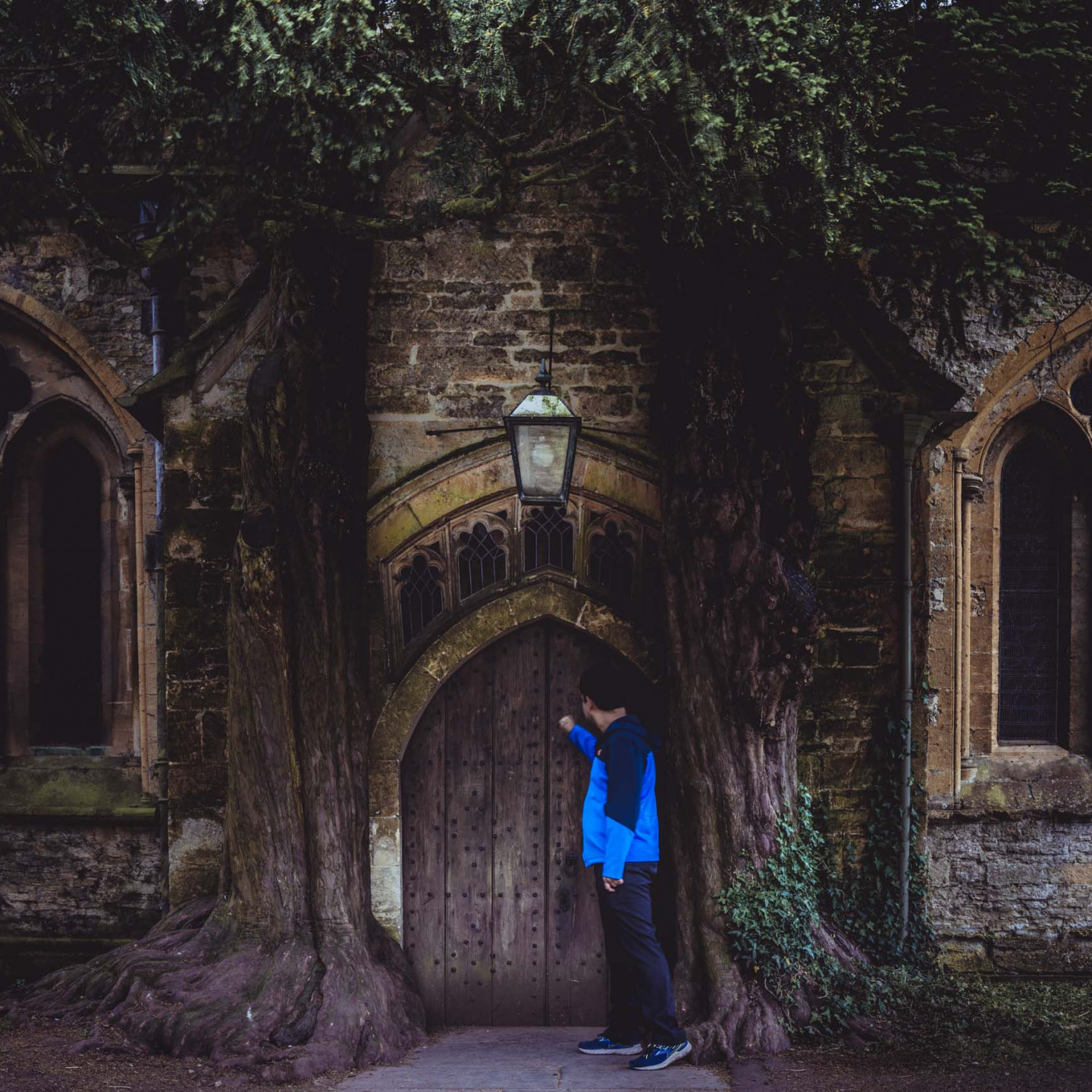
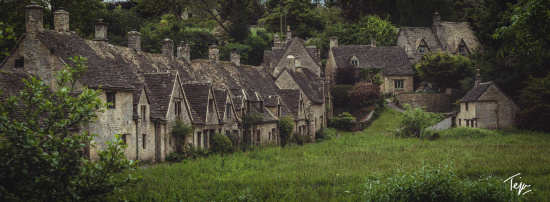
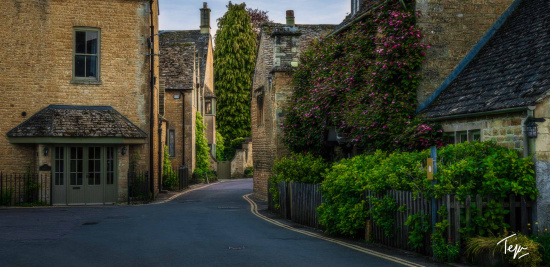
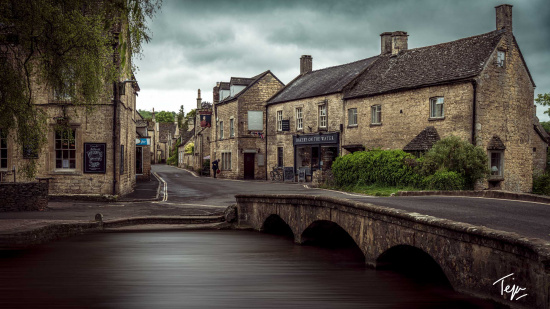

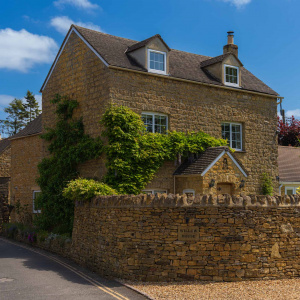

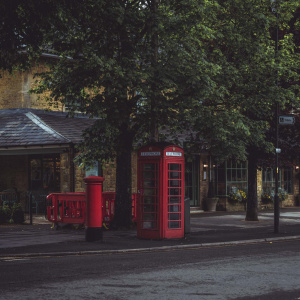
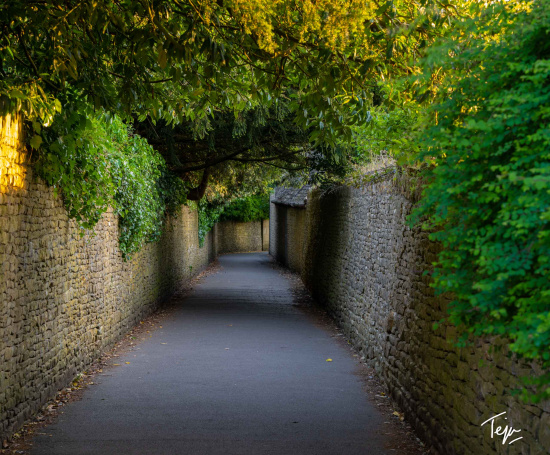

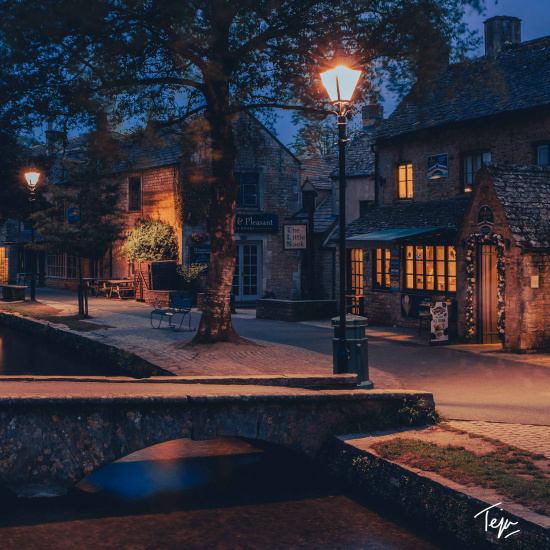

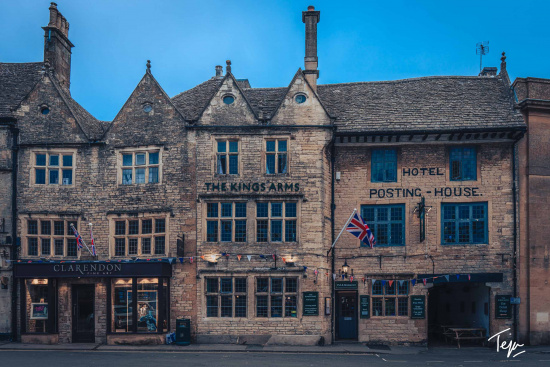

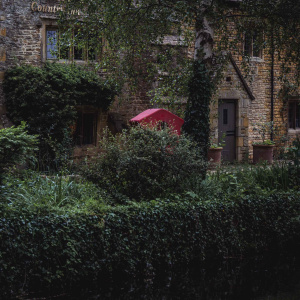
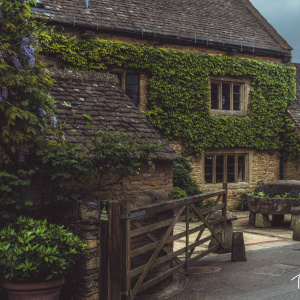



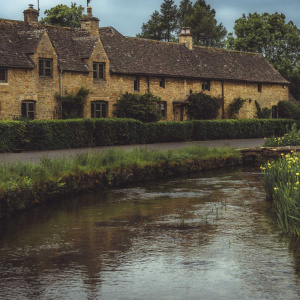
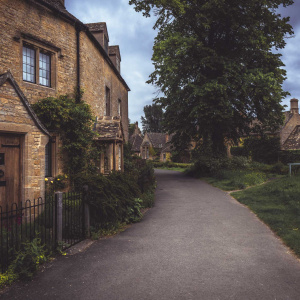
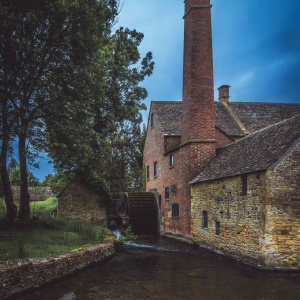
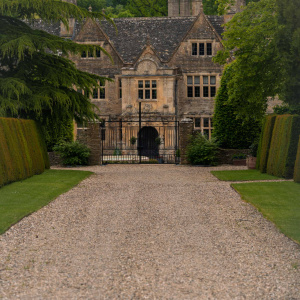
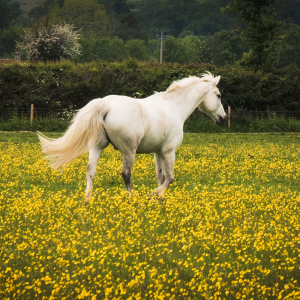
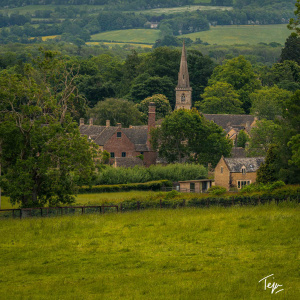

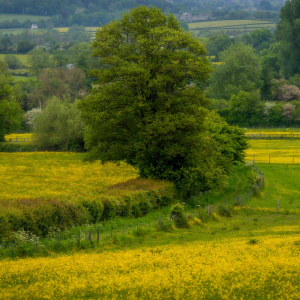
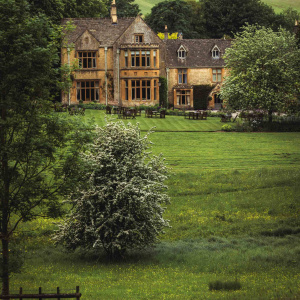
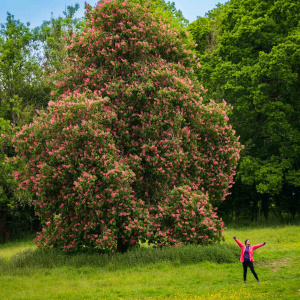
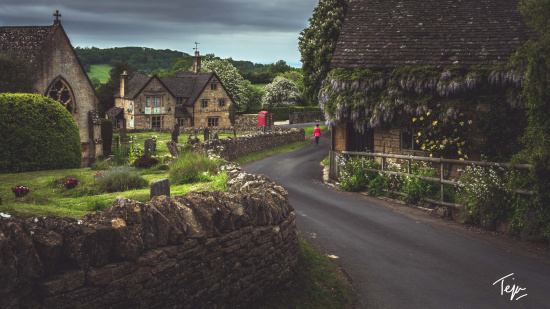
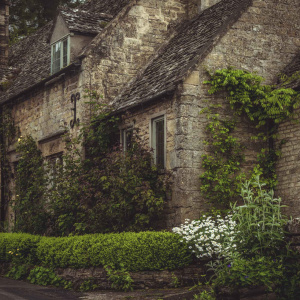
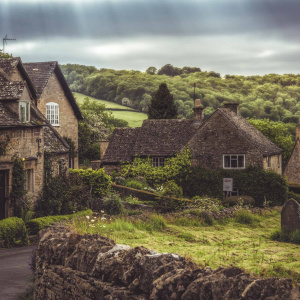
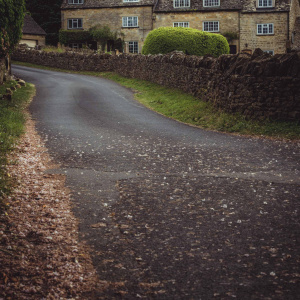
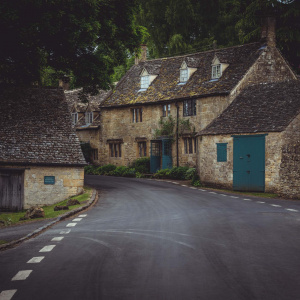
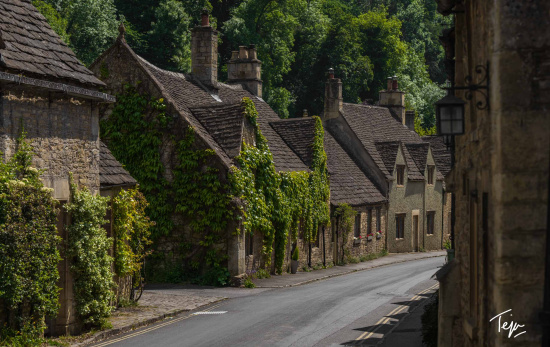
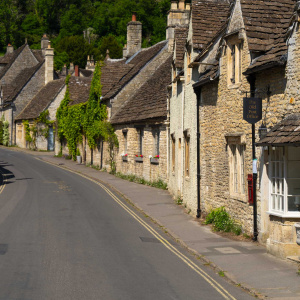
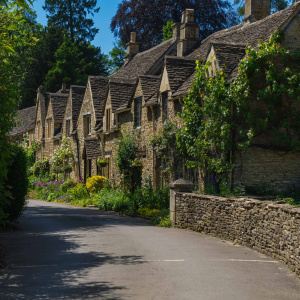
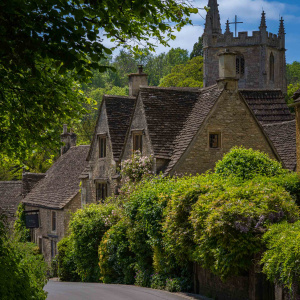
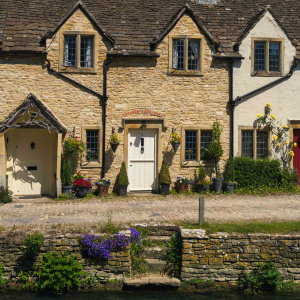
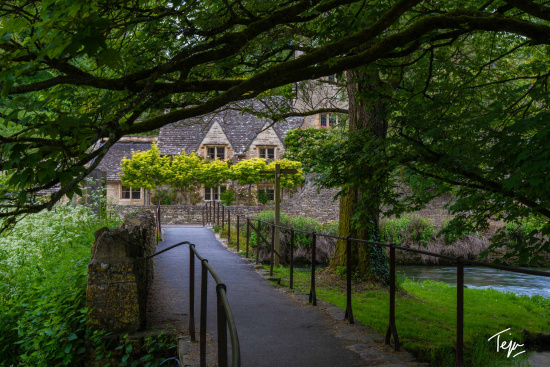

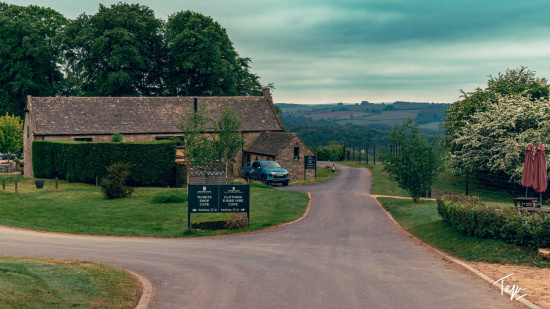
Nice write-up & Great photos!
The Place Looks A Bit Horrific But Still Such A Beautiful Place It Is, someone like me who loves the combination of solitude and Beauty Would Really Love it, Thank You For Sharing This Kind Of Place With Us!
Awesome article, makes me want to visit there right away! Very well written and lovely pics!
I love this stuff…..I would love to see the inside of these homes.
Can you share the link for your airbnb?